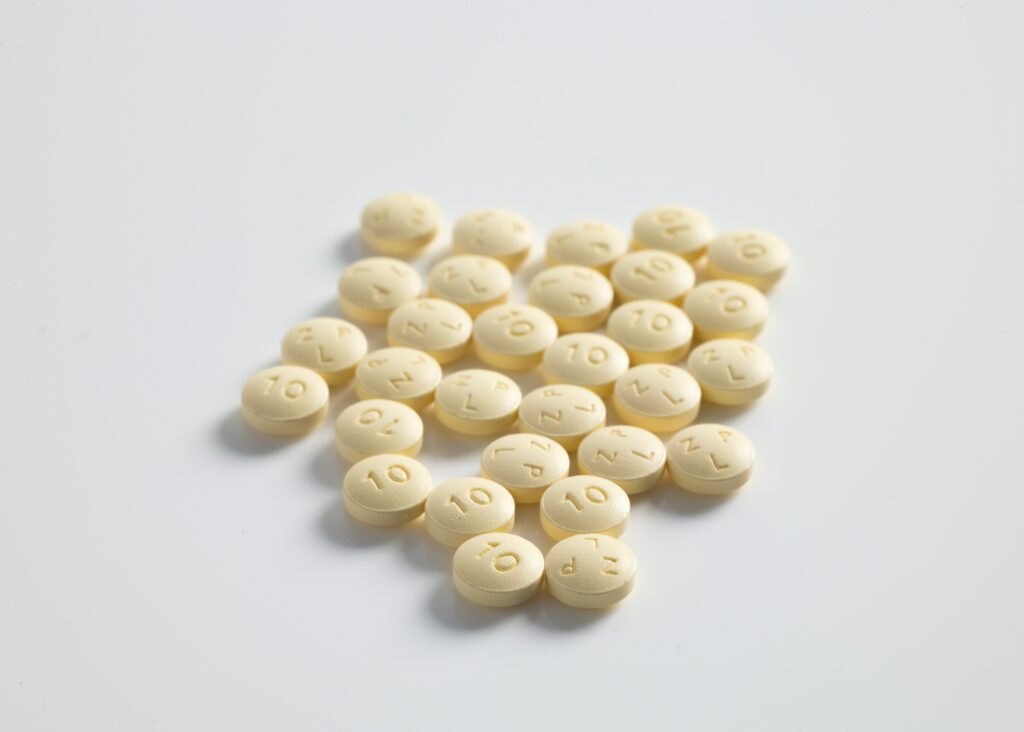Prevent Breast Cancer By Taking These Medications


By age 40 the average US woman has a 1.5% chance of developing breast cancer, but if you begin screening early you can increase your chances of survival if you do get breast cancer.
There are strategies to prevent ever getting breast cancer. We cannot change our genetics, but you can do a lot. You should not smoke, moderate alcohol consumption, lower the fat in your diet, increase exercise and normalize your weight.
Medicines can be used to prevent breast cancer in all women, but generally are used for those actually at risk. If you haven’t discussed with your gyno, it’s important to do so.
These prevention strategies have their own side effects, they may cause hot flashes, vaginal dryness, or even change your risk for osteoporosis, depending on which medication and how long you are on it. If you are at risk for complications from prevention therapy, you may also want to consider non-medical treatment of vaginal dryness.
Predicting breast cancer risk is important, as it helps us select who we are going to direct more aggressive prevention strategies. Neils Bohr once said prediction is difficult especially of the future. The problem with risk prediction of any disease acquisition is that only hind sight is 20/20 and although your risk may be low, if you get the disease, your acquisition is 100%. So physicians feel it’s important to try prediction, in this case your personal risk factors for breast cancer, as that improves care, but patients (rightfully) may want to be more aggressive, even if they don’t fit the strict definition of high risk.
Two medications that are commonly used for breast cancer prevention are tamoxifen and raloxifene. Both of these medications are selective estrogen receptor modulators (SERMs), which means they block the effects of estrogen on breast tissue. This can help reduce the risk of developing estrogen receptor-positive breast cancer, which is the most common type of breast cancer.
Taking Tamoxifen to prevent cancer is called Chemoprevention: The thesis behind this chemoprevention is that this medication is antiestrogen. And it is thought that estrogen is related to breast cancer cell growth. But in order for estrogen to affect this process the estrogen molecule has to bind to the breast cell to change it, and when tamoxifen is given the process, in essence, is interrupted.
Tamoxifen and raloxifene have both been shown to reduce the risk of breast cancer by about 50% in women who are at high risk for the disease. However, both medications can have side effects, such as hot flashes, vaginal dryness, and an increased risk of blood clots.
The decision to take medication for breast cancer prevention should be made in consultation with a healthcare professional, who can help weigh the potential benefits and risks for each individual. Other preventive measures, such as regular breast cancer screening and lifestyle changes, may also be recommended.
Traditionally gynos have relied on the Gail scale to calculate risk to help decide who should take medication to prevent breast cancer, but even that won’t tell us exactly at what age to begin therapy. For some women there is a very short sojourn between atypia and cancer, so if you wait until you have precancerous changes there may not be enough time to intervene and prevent the disease.
Some of the effects of tamoxifen on the breast, paradoxically, can cause problems in the uterus. In the studies of this medication there were some polyps of the lining of the uterus, and there were some cases of blood clots and there was an increased risk of having a cataract. Patients can also consider raloxifene (Evista) as an alternative, especially if they need bone protection, as the mechanism of protection is similar: about 55% of the cases are prevented. In fact it is estimated that only about 10% of women that could benefit from these therapies are even getting the therapy.
Some studies published in the spring of 2012 have indicated that women on tamoxifen, rather than the raloxifene for preventing breast cancer were more likely to have hot flashes, polyps or cancers of their uterus, or ovarian cysts.
There are some physicians who have even begun to use the newest class of anti breast cancer medications called Aromatase Inhibitors to prevent breast cancer, so new developments occur consistently. Not every woman is a candidate to take a medication like Tamoxifen to lower their risk of breast cancer, and it’s something to gab with your own gyno about.
Since women on these medicines suffer from the estrogen depletion effects on tissue bladder and vaginal symptoms can develop, we like to plan a program to prevent those symptoms. We plan a comprehensive program for our patients, to both prevent cancers and treat potential side effects, depending upon your anatomy, whether you are sexually active, your age, your health, and any symptoms you may already have. Vaginal hormone therapy may be appropriate in a select few women. We may recommend you consider the newly developed either the MonaLisa Touch therapy or the ThermiVa to improve vaginal health as preventative against getting vaginal symptoms including dryness, lack of lubrication with sex, and other consequences of perimenopause, menopause, or aging. New literature is coming out on these treatments that are considered very safe, but long term data is not yet available. www.womenshealthpractice.com
